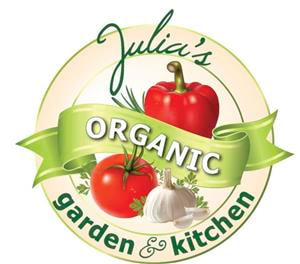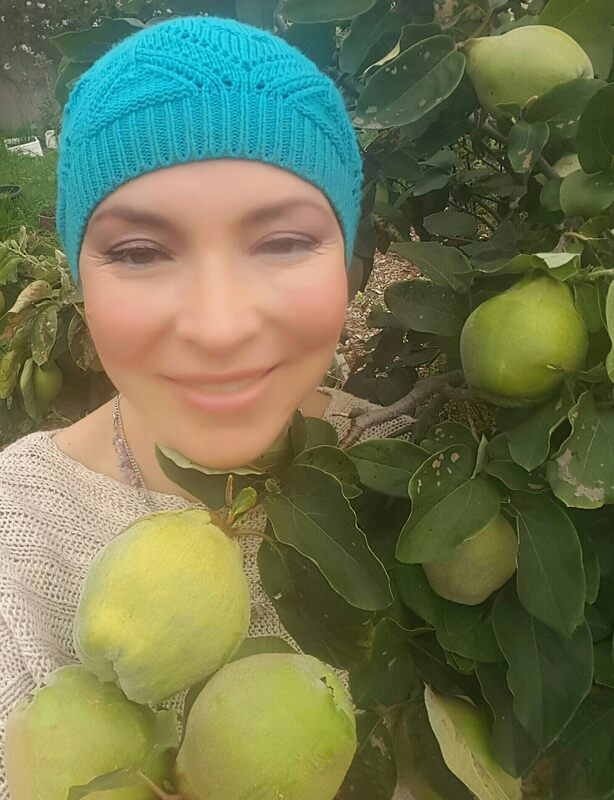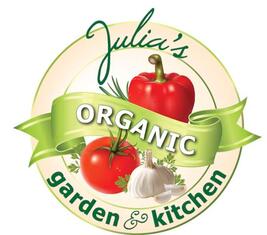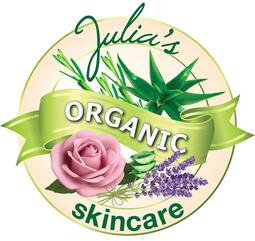|
This fragrant fruit is a relative to apples and pears. It has a beautiful flowers during the spring and adds a lot of bright colours to your garden during the autumn.
It come from Western Asia (Uzbekistan, Armenia, Turkey) and grown all around the world now due to it unique nutritional qualities and gastronomic use. Quince contains vitamins A, B, C and minerals: copper, iron, potassium, magnesium, selenium, zinc, phosphorus. Quince helps to loose weight, as it has only 57 calories in 100 gr, plus has a significant amount of fibre that will maintain your digestive health and improve metabolism. Another good point to eat quince is because it has a cancer – preventive properties. This specific sour taste of quince is caused by presence of astringent compounds of catechine and epicatechin, that effectively neutralising free radicals in the body. Quince improves immunity, reduce inflammatory conditions and chances to get cold and flue as it a real champion in a vitamin C content (100 gf of ripe quince provide impressive 25 % of RDA of vitamin C). Regular consumption of quince keep blood pressure in check as it rich in potassium. Because the tart taste quince is very rarely is eaten raw , however, you can add slices of raw quince in the salad or tea. Here is one of my favourite teas recipe: infuse green tea with apple mint and a few slices of quince. Add a dash of Julia's honey when ready. Usually, quince is used to make jams, confectionery, pastes, jellies and preserves. Or you can poach, bake or steam it and serve it as a desert with honey or have it for breakfast. The good news that quince is very hardy and really very easy to grow it. There is a lot of varieties of it and most popular are: Orange, Champion, Rea, Pineapple, Smyrna and other few. I have Smyrna, as it probably, one of the most fragrant varieties. Plant in winter, in well – drained soil. It tolerates most of the soils, however, it'll benefit if you plant it in a well – prepared soil, enriched with organic matter. Choose, sunny (remember its a sister of apple and pear), well – sheltered position (frost can harm the fruit set). Feed them once or twice a year with manure and blood and bone fertiliser. I do it once a year, in July and my quince is doing really very well. Beauty tip! Quince is an excellent mask for people with a problematic, oily skin. Just grate it, apply on your skin for 7 – 8 minutes, rinse it.
0 Comments
|
Archives
February 2020
Categories |
Julia Organic Copyright 2021 Website MapMyBusiness


 RSS Feed
RSS Feed



